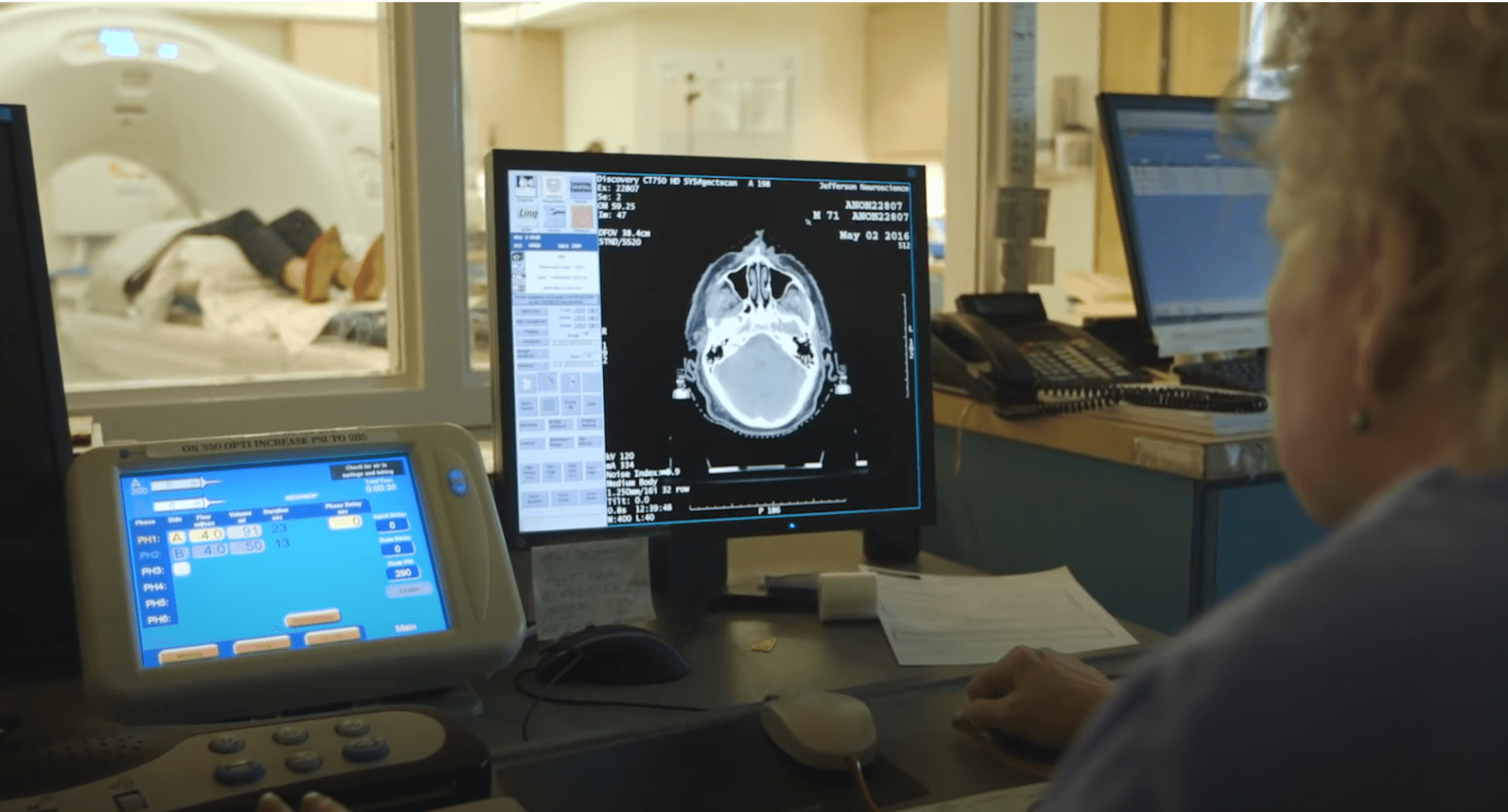When it comes to brain metastases treatments, patients understandably have a lot of questions. The overarching question is often: What options do I have for my metastatic brain cancer treatment?
In the following film “Brain Metastases: A Documentary”, developed in partnership with the American Brain Tumor Association, metastatic brain tumor specialists from across the United States, including leading neurosurgeons, radiation oncologists and medical physicists, unpack all topics surrounding brain metastases.
The video goes in depth about the various types of metastatic brain tumor treatments. It covers questions like “Is chemotherapy effective for brain metastases?”, “What is radiosurgery for brain metastases”, “Is radiation therapy for brain metastases an option to consider?”. The film also explores the various technologies used today to treat metastatic brain cancer with an outlook to the future.
Below, we’ve highlighted three particularly relevant sections about brain metastases and their treatment.
1. What are brain metastases?
In this section, our experts discuss the basics of brain metastases, or brain mets, which, as Dwight Heron, MD, Radiation Oncologist, points out are collections of cancerous cells that have traveled from elsewhere in the body and have been deposited in the brain. Orin Block, MD, Neurosurgeon, then discusses swelling from brain mets and the pressure they can put on the brain, which can cause neurologic symptoms. These could be, for example, symptoms like headache, seizures, difficulty speaking or seeing, or other effects. Veronica Chiang, MD, Neurosurgeon, speaks to the feeling of fear that patients often have about not only their diagnosis but also the treatments they are being offered. She emphasizes the importance of treating patients so they can “live with their cancer as opposed to for their cancer”.
Dr. Heron goes on to discuss how radiosurgery has become a viable treatment for tumors in deep and inaccessible areas of the brain, stressing that these targeted approaches no longer present significant side effects. Dr. Kondziolka then points out that radiosurgery has revolutionized neurosurgery and radiation oncology since previously the only treatment options for brain metastases were open surgery and radiation to the entire head. He adds that patients are starting to surprise their physicians by living longer and beating the odds. David Andrews, MD, Neurosurgeon, mentions that the advantage of radiosurgery is that it spares the surrounding tissues of the brain from being injured by radiation. He concludes that physicians now have high confidence that they can eliminate cancer in the brain and return patients to their former quality of life.
2. How and why do people develop brain metastases?
In this section, the experts discuss how and why brain metastases develop. David Roberge, MD, Radiation Oncologist, begins by differentiating between primary brain tumors — relatively rare tumors which originate in the brain — and the more common brain metastases, which spread from another cancer through the blood and are deposited in the brain, a process known as metastasizing. Dr. Bloch then discusses the blood-brain barrier (BBB) and its role in metastasis. Normally, the blood-brain barrier blocks harmful substances and germs from reaching the brain. Cancer, however, has developed a way to penetrate the barrier. He points out that some cancers, like lung, breast, testicular and melanoma, are particularly adept at crossing this barrier. Dr. Kondziolka then discusses the important of early detection and its impact on success rates.
3. Can more than one metastasis be treated with radiosurgery at the same time?
A common question with radiosurgery is whether more than one tumor can be treated simultaneously to speed up treatment. Dr. Andrews points out that it’s not a meaningful treatment if the patient has to lie on a treatment couch for 36 hours to treat more than one brain metastasis. He mentions new technologies that enable physicians to treat a high number of metastases in a very short period of time. Timothy D. Solberg, PhD, then discusses how multiple metastases used to be treated in a targeted approach — one after another — which Dr. Roberge points out is just not an efficient use of time if more than a few metastases are present. Dr. Solberg then outlines the former process of arriving at a radiosurgery plan for the patient — a manual trial and error process that is done until a clinically acceptable plan is made. Computers and certain software, as he notes, have made it possible to optimize these plans automatically. James Robar, PhD, Medical Physicist then delves into detail about how new approaches enable the simultaneous treatment of multiple metastases.
